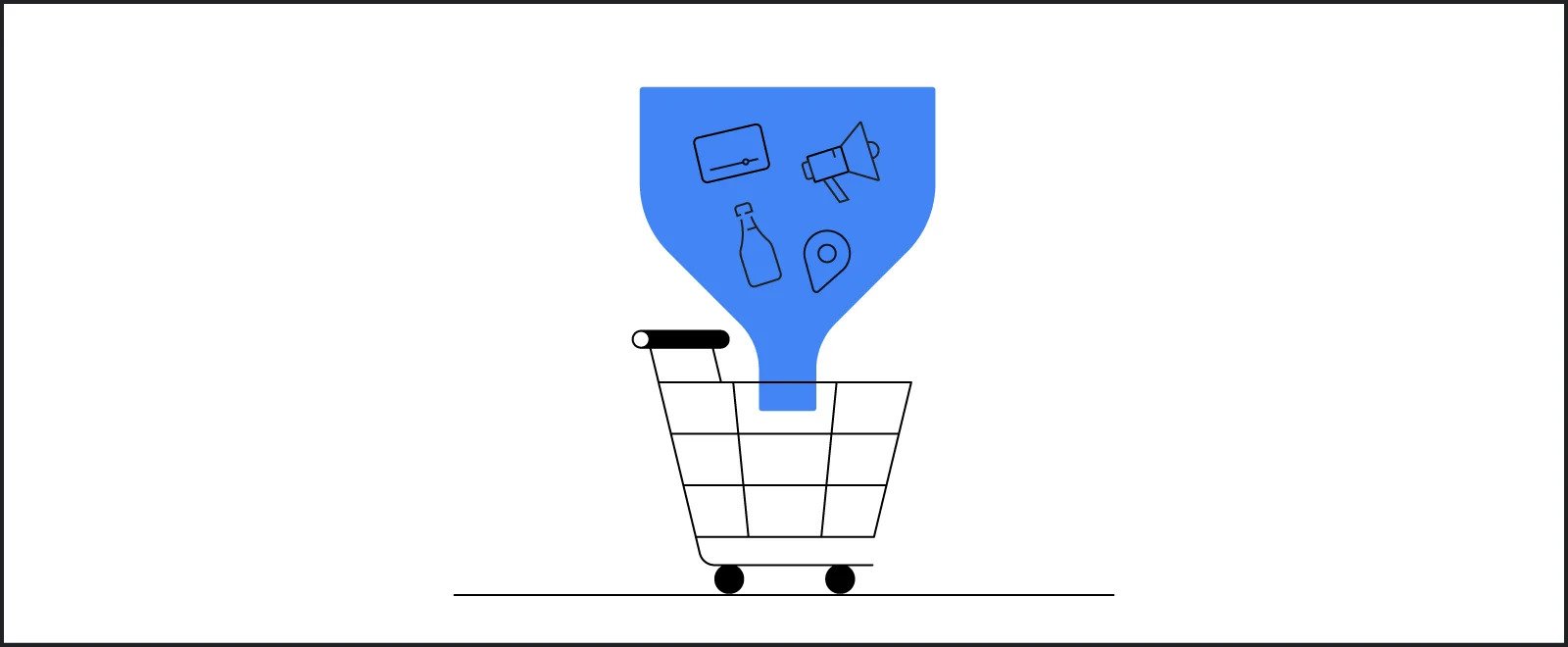Understanding the role of comprehensive marketing in brands like Aveda and Kraft Heinz
Today's consumers have become adept at navigating between offline and online channels to find what they want. The journey to purchasing a product might start with encountering a digital advertisement, physically inspecting the product in-store, and then conducting online price comparisons and additional research.
This purchase pathway is intricate and can vary greatly based on individual shopping tendencies and the product type. While marketers have long been advised about the importance of a thorough, full-funnel strategy to connect with customers at every touchpoint, current data further substantiates this.
Recent research from Nielsen, analyzing consumer packaged goods (CPG) campaigns, demonstrated that comprehensive full-funnel strategies yield up to 45% higher returns on investment (ROI) and a 7% increase in offline sales compared to marketing campaigns that focus only on a single purchase stage.
This data analyzed over 1,300 campaigns from 20 distinct CPG brands, including personal care, beauty, food, beverage, home care, and more. No matter the product category, the conclusion was unambiguous: full-funnel marketing achieves results. Google can examine two leading CPG brands, Aveda and Kraft Heinz, to understand this better.
Implementing a successful full-funnel strategy
Brands that have traditionally concentrated on the middle of the funnel have found that including upper- or lower-funnel techniques with Google Ads can lead to 52% more incremental sales than focusing on mid-funnel tactics alone, as per Nielsen. This was certainly the case for Aveda, a hair care and body care brand under Estée Lauder Companies.
Despite the booming popularity of at-home beauty treatments during the pandemic, Aveda's sales and new customer acquisitions did not align with expectations, despite efforts in paid media. The company recognised that its focus on mid to lower-funnel media wasn't connecting with target consumers where they were most active.
Starting from the third quarter of 2021, Aveda's marketing team developed a comprehensive YouTube Ads strategy to enhance brand awareness and attractiveness among crucial demographics and secure new customers. They used a combination of Google and first-party audiences to create targeted personas and align their creative content and audiences with the right YouTube ad formats.
The strategy proved to be effective: Aveda witnessed double-digit growth in website sessions, a significant increase in year-over-year search impressions, and a substantial rise in searches for “Aveda salons near me.”
The Aveda Invati product line also saw a considerable uplift in users considering it for purchase (compared to a control group). Aveda's North American sales and sales for the franchise of the campaign grew substantially, exceeding its new customer acquisition goals in the region during this period.
Incorporating lower-funnel techniques
In accordance with Nielsen data, The Kraft Heinz Company, traditionally known for focusing on top-of-the-funnel marketing, decided to change course. The research indicated that brands that exclusively concentrated on upper-funnel tactics saw 20% more incremental sales when they also included mid- or lower-funnel strategies with Google Ads.
Over the past few years, Kraft Heinz has shifted approximately 70% of its media mix to digital. This is partly because the company's trials with lower-funnel methods, such as e-commerce, are becoming increasingly popular among CPG consumers.
During this transition period towards considering lower-funnel stages more heavily, Kraft Heinz has become more agile and data-driven, implementing digital solutions across its entire value chain to facilitate growth. With Google technology, it plans to significantly enhance consumer interaction by utilizing search behaviours to provide personalized content on a large scale.
For instance, by shifting from individual TrueView purchases to a single Video Reach Campaign purchase, the company can utilize machine learning to better identify suitable viewers for an advertisement. This new YouTube strategy, executed in partnership with their media agency, Starcom, has led to increased view rates and an 11% year-on-year reduction in costs per impression.
Responding to customers' needs
Aveda and Kraft Heinz have both prioritized meeting customers where they are, which requires engaging with them at every stage of the sales funnel to raise brand awareness, answer questions before purchases, and guide customers towards final decision-making. With the supporting data available, the significance and effectiveness of full-funnel marketing have become even more apparent for business success.
To understand more about how Aveda and Kraft Heinz incorporated full-funnel tactics into their strategies, tune into CPG On Air: Planning for a Consumer-Centric Approach, using the access code CPG.

